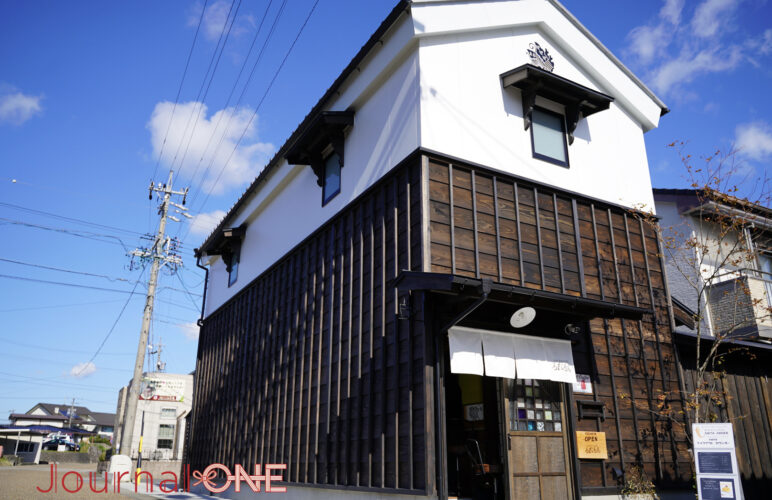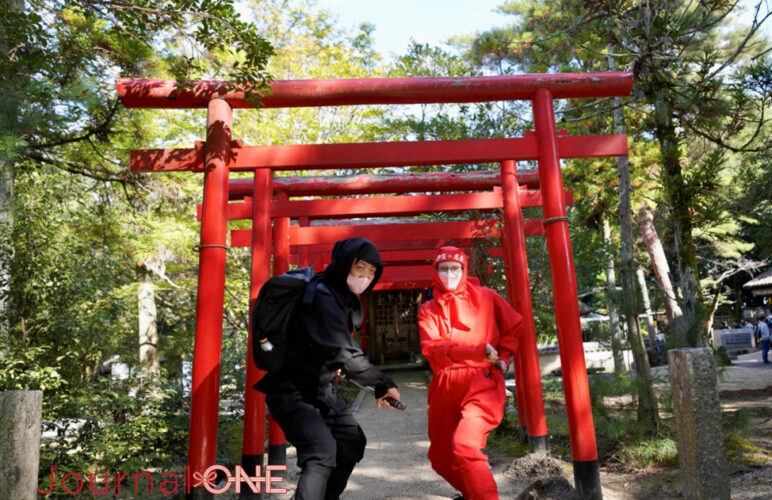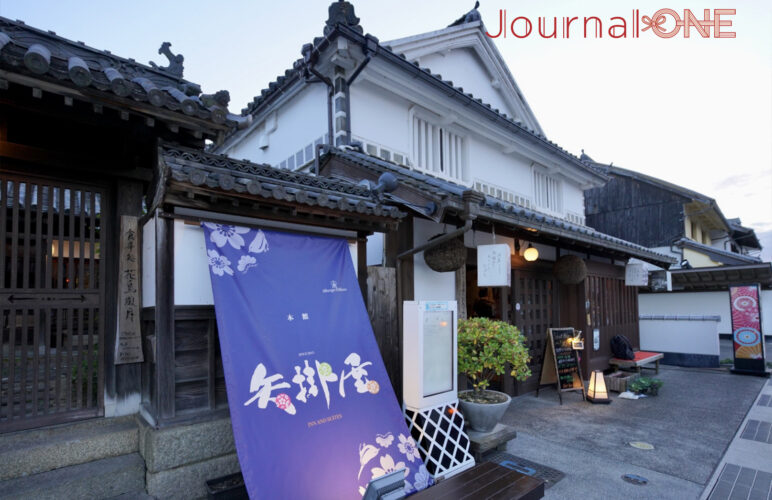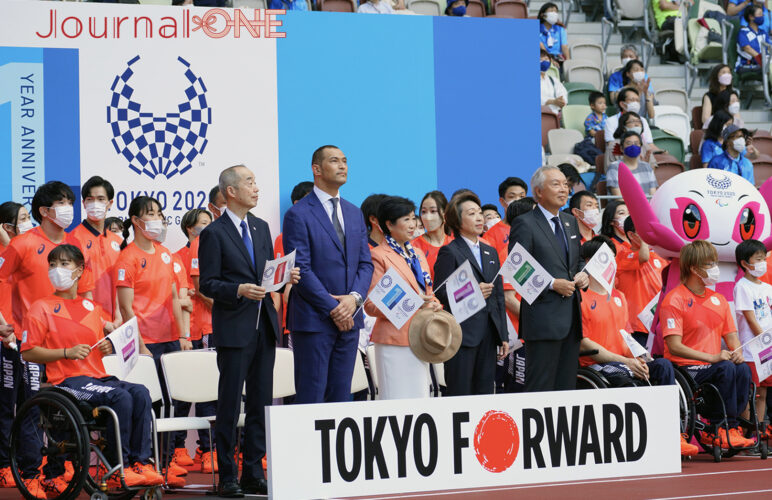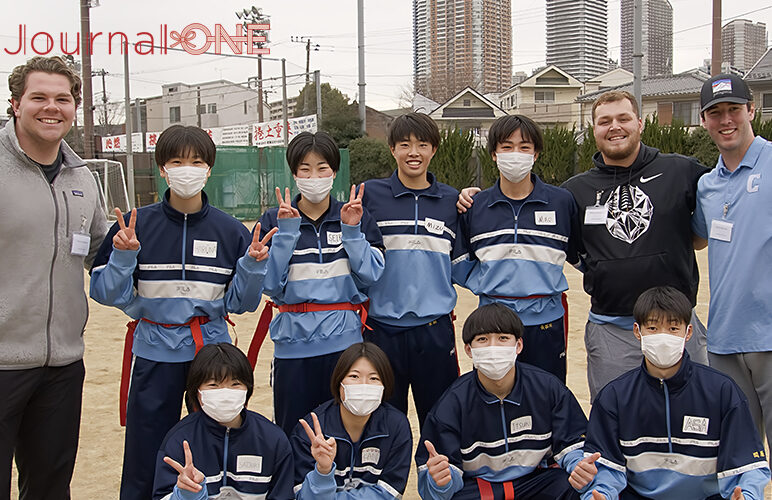Matsudo’s Shinoda Restaurant and Tozen-ji Temple
Lord Tokugawa Akitake was more than just a samurai lord, he was literally a Japanese man of the world. At the age of 13, with Japan emerging from a 250-yearlong self-imposed exile, the younger brother of the Shogun was sent as the lead envoy to Europe, heading the first ever Japan Pavilion at the 1867 World Fair staged in Paris, France. Upon completion of the fair, young Lord Akitake later met the leaders and royal families of Europe, forming personal connections before being ordered home to assume the position of Daimyo of Mito on the passing of an elder brother. Before he got the chance to show his true leadership abilities and the chance to become Shogun, Japan’s feudal system collapsed, control of the nation reverted to the Emperor and the Tokugawa clan, rulers of Japan for over 260 years were cast aside. Lord Akitake retired from politics and lived quietly in Matsudo City, Chiba Prefecture.
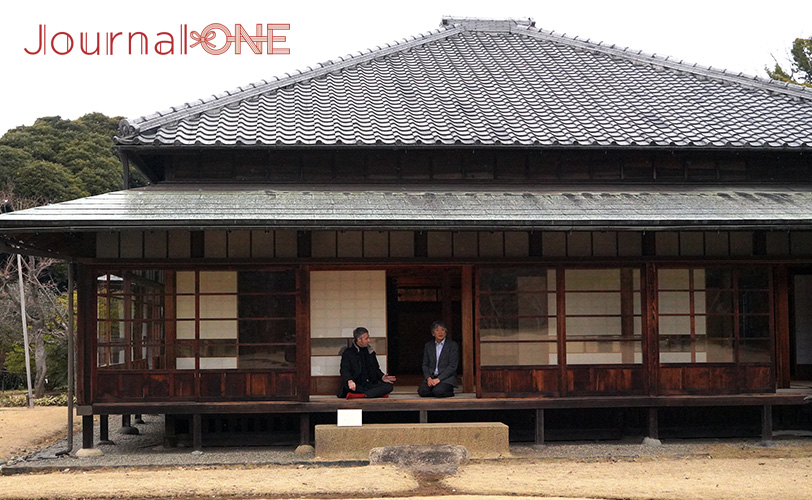
Tokugawa Akitake’s fine traditional home and gardens remain and are popular attractions within Matsudo City. The home, many of his private items, documents and photographs remain in the Tojo-tei House and the adjoining Tojo Museum of History, allowing us to understand his tastes, refinement and lifestyle, but one begs to wonder; what would Tokugawa Akitake have enjoyed for lunch?
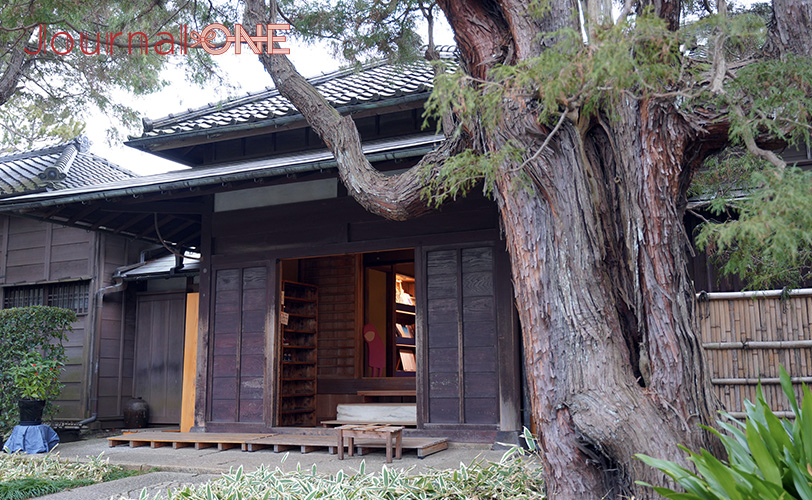
The Taste
Matsudo City’s popular traditional restaurant Shinoda offers a taste of the Tokugawa. Located in Matsudo’s Tanakashinden area and active for over half a century, Shinoda offers a course menu that reflects the tastes and fare that Lord Akitake would have enjoyed.
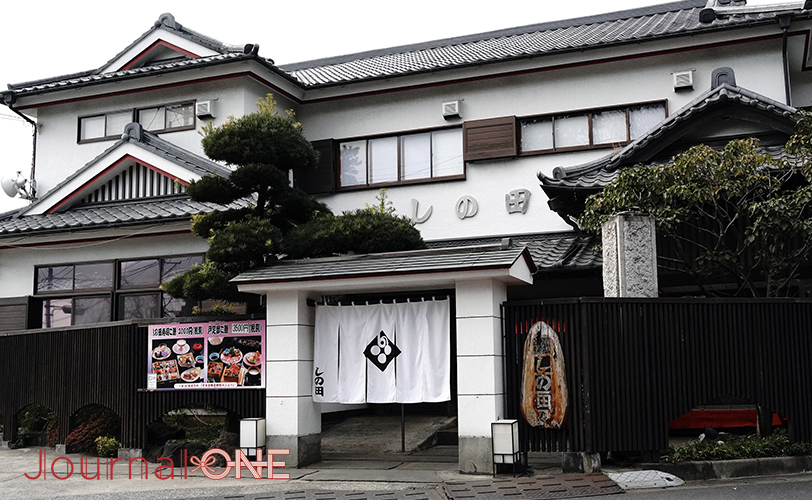
Most Japanese lunches at most Japanese restaurants are served in lacquered wooden boxes, however at Shinoda, bright yellow ceramic partitioned boxes are used, in reference to Tokugawa Akitake’s great interest in pottery.
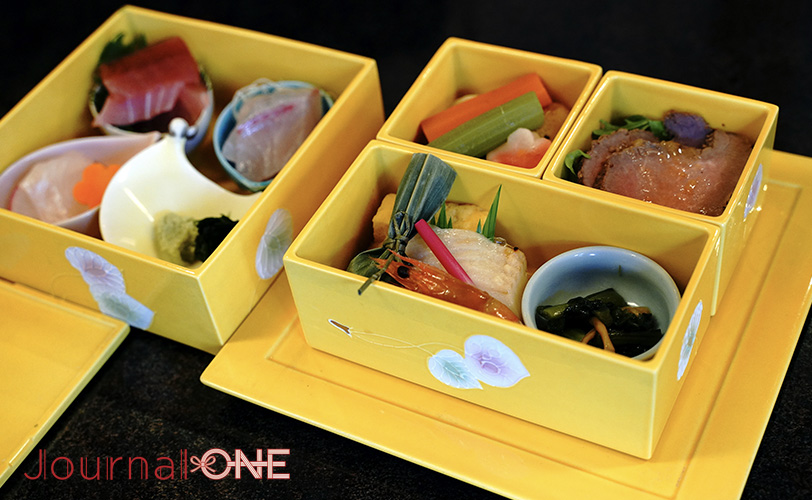
These boxes contain traditionally prepared and served local vegetables, dishes of fresh sashimi, seafoods and roast beef slices. On the side is a delicate portion of tofu.
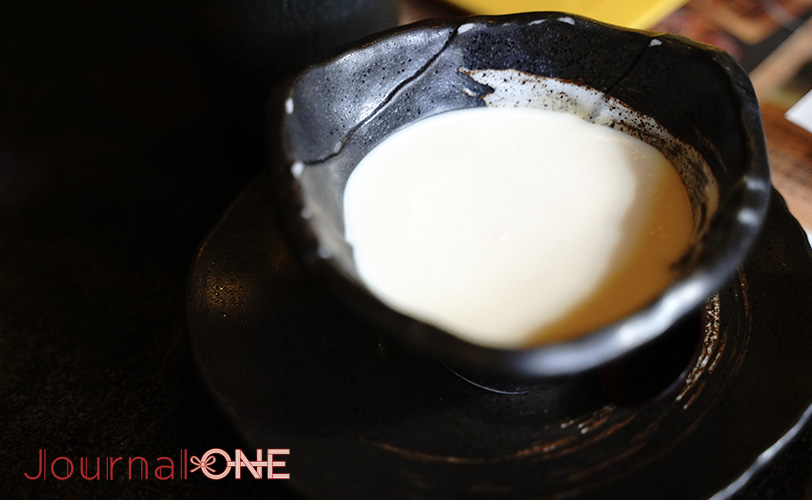
Such Japanese delicacies would have been enjoyed by Lord Akitake, along with a relatively new dish at the time, shabu-shabu.
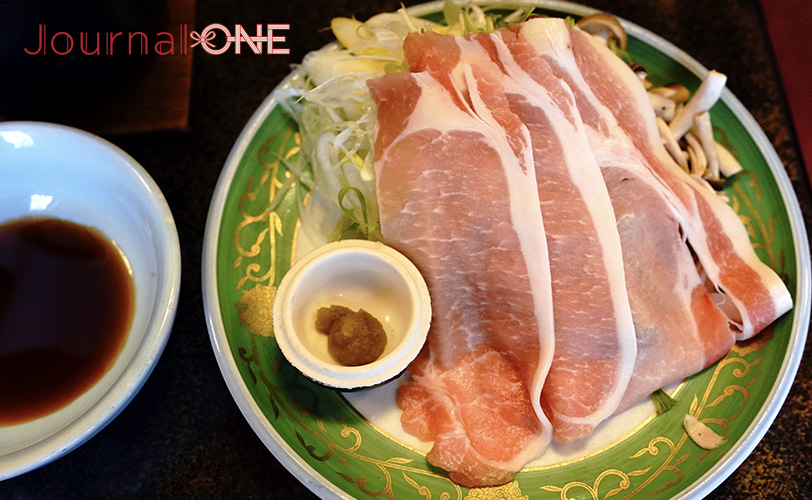
Slices of thinly cut pork atop a bed of finely chopped scallions are presented raw, along with a small metal burner below a light soup stock in a special folded paper dish. A small candle-like burner is lit, and the stock heated in which to dip the meat. While waiting for the stock to boil the pork and scallions, visitors are treated to a serving of crispy tempura shrimp and vegetables. By the time this course is completed, the pork slices are ready to pop into the boiling stock, and then dipped into the accompanying citrus based ponzu soy sauce for eating.
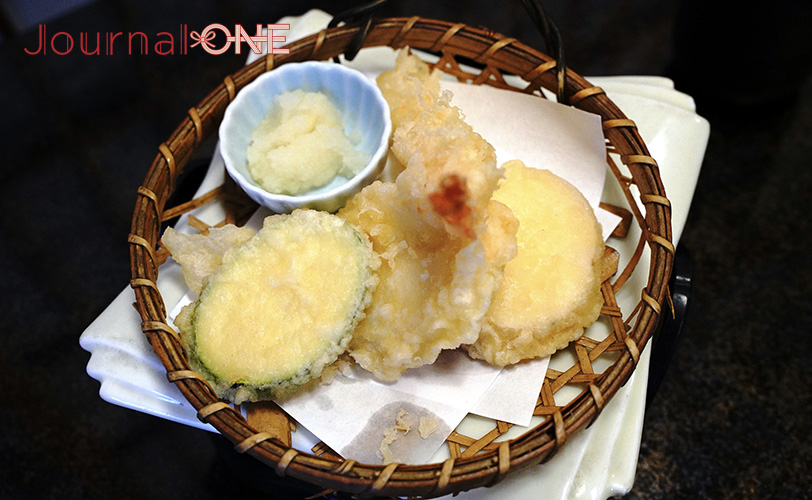
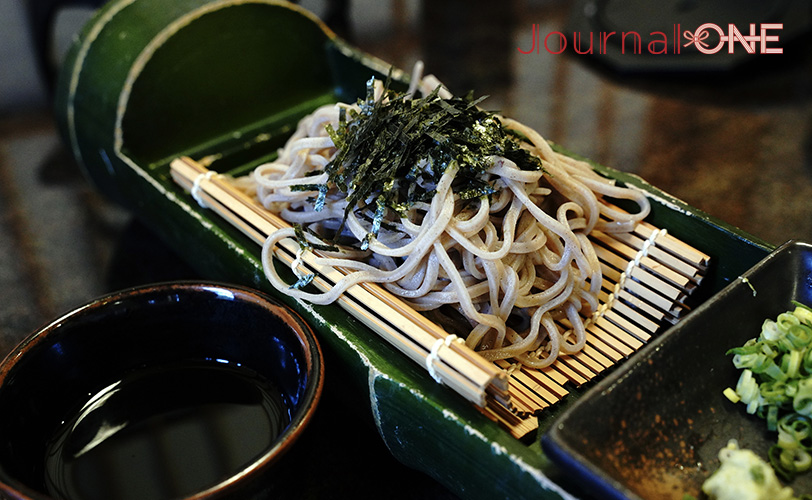
Finally, a simple yet tasty scoop of ice-cream is served as a desert. Ice-cream was first served to Lord Akitake during his time in France at the Paris World Expo. For the young lord, the texture and taste were like nothing he had experienced before, and so ice-cream became a firm favorite, so much so he is said to have requested the recipe and knowhow to make ice-cream and brought it back to Japan with him.
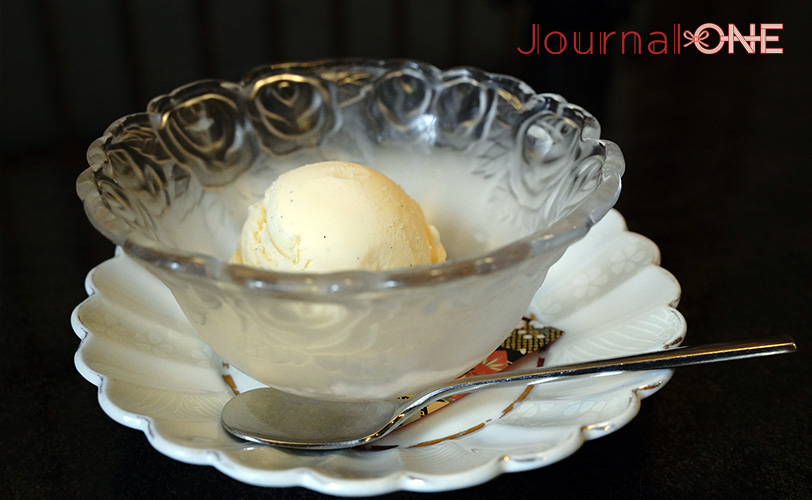
How does one follow up a traditional Tokugawa styled lunch? If not to the Tojo-tei Villa, then to the Tokugawa related Tozen-ji Temple, recognized as another of Matsudo’s finest historical and cultural properties in the Kanto (greater Tokyo) region.
The Temple
The Tozen-ji Temple is a Jodo sect Buddhist temple located along the former post town area of the Kogane highway route passing through Matsudo City, Chiba Prefecture. Originally founded in 1481 in nearby Neginai by the Monk of Shinano Province, Kyotan Gudokuunko Shonin, about a kilometer northeast of the current location. It was relocated here about 60 years later, during the early to mid 1550’s and was considered one of the Kanto regions’ eighteen most esteemed temples of the early Edo period (1603-1868).
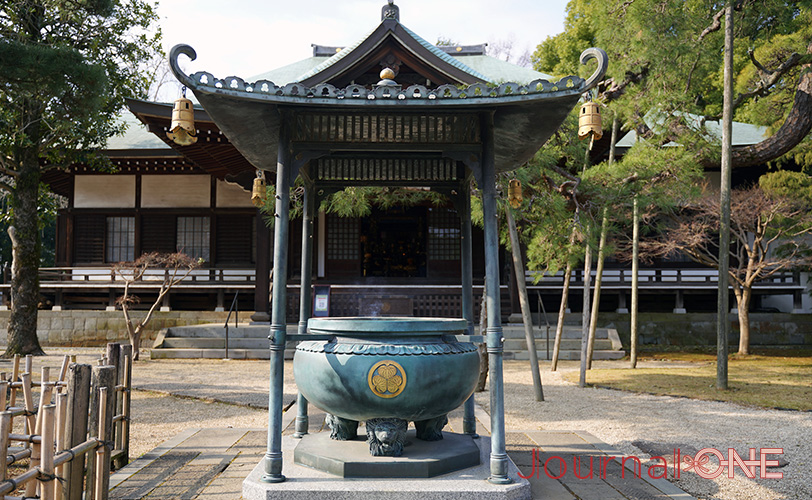
Such was the reputation of the temple and its monks, that in 1603 when the founding Shogun Tokugawa Ieyasu established the Edo Shogunate, the temple’s seventh Head Priest, Ryogaku Shonin was invited to serve as Ieyasu’s instructor and advisor. Years later, Ryogaku Shonin would serve as the chief priest for the funeral of the second Shogun, Tokugawa Hidetada. The Tozen-ji Temple maintained the patronage and protection of the Tokugawa Shogunate throughout the Edo period, continuing to grow in prestige over the years, particularly as it was home to one of the nations’ esteemed Toshogu Shrines, Shinto shrines deifying Lord Tokugawa Ieyasu. One of the temple’s prized treasures is a fine portrait of Tokugawa Ieyasu, shown only on special occasions. During the Edo period, the portrait itself was enshrined as a divine image in the Toshogu Shrine in the precincts.
Tozen-ji Temple once covered a much larger area than it does today. At its peak around 1722, following a major renovation, the temple’s complex featured over 20 various halls, including the main hall, abbots’ quarters, Kannondo sutra storehouse, bell tower, Kaisando, Seijoin, Toshogu Shrine, shrines, great temple gates, and eight other dormitories for the many monks in residence and training there.
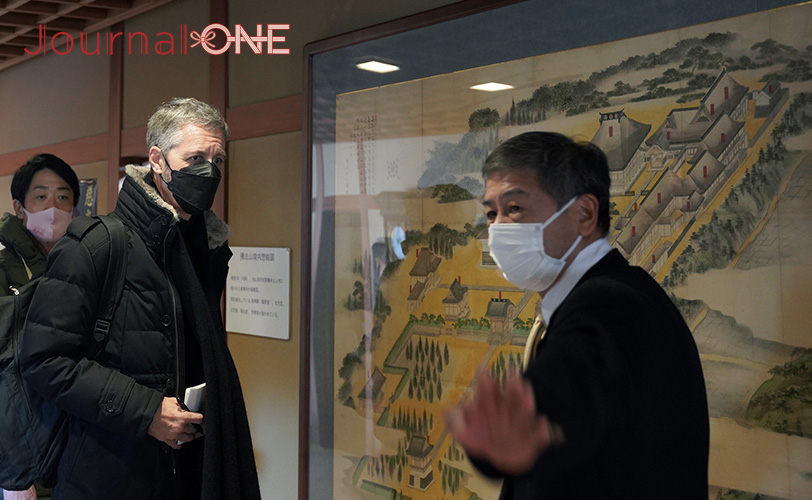
It had 35 branch temples, and was known by name across the land. At the beginning of the Meiji era (1868-1912), Emperor Meiji made it a Temple of Imperial Request, to pray for the eternal prosperity of the Imperial Family. Despite this, like many temples across Japan, the Tozen-ji Temple lost many of its important structures in the Meiji period mandate ordering the separation of Shinto and Buddhism.
While many similarly ranked historical and prestigious temples across Japan, and particularly the Kanto region succumbed to fire, or were destroyed by earthquakes or WW2 bombing, the Tozen-ji is among the last of the ancient temples remaining in original condition.
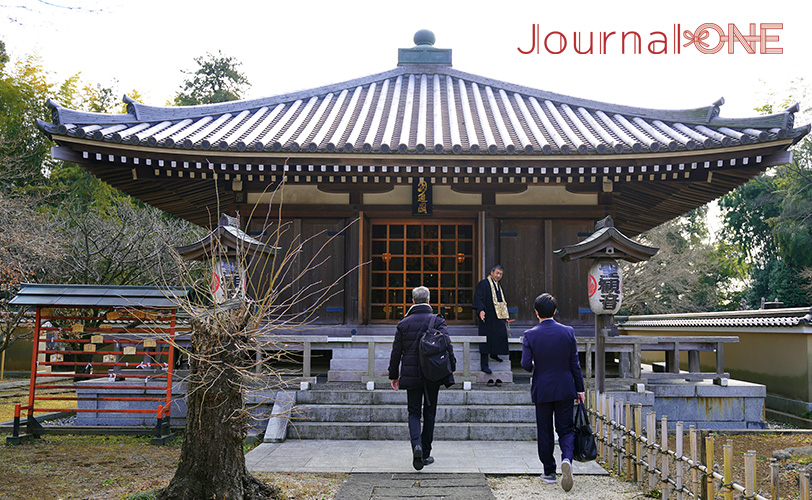
Successive generations of chief priests, such as the temple’s current master, Mr. Suzuki have striven to preserve the structures and the grounds and keep the traditions alive for the people of the local area, who still feel a great attachment to the holy complex.
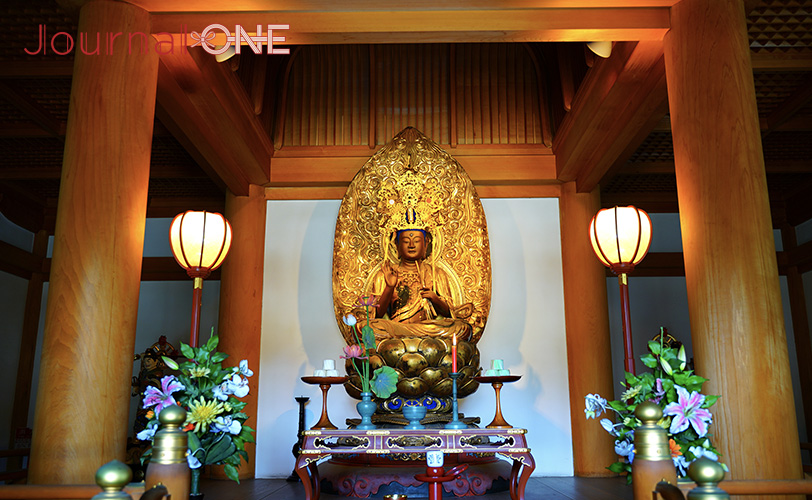
As such, Tozen-ji is a popular spot with the locals, who visit at various times across the year to partake in ceremonies and enjoy the gardens. The approach to the shrine is lined with cherry blossom trees, making it a popular blossom viewing site in April. Later as the maple leaves change colors, it is crowded with many more worshipers and autumn leaf viewers. The 340-year-old weeping cherry tree and the aged 400-year-old Pine Tree of Cranes and Tortoises in front of the main hall, along with plum blossoms, hydrangeas, and maple trees lined up around the temple grounds allows visitors to feel the traditional beauty of Japan’s four seasons.
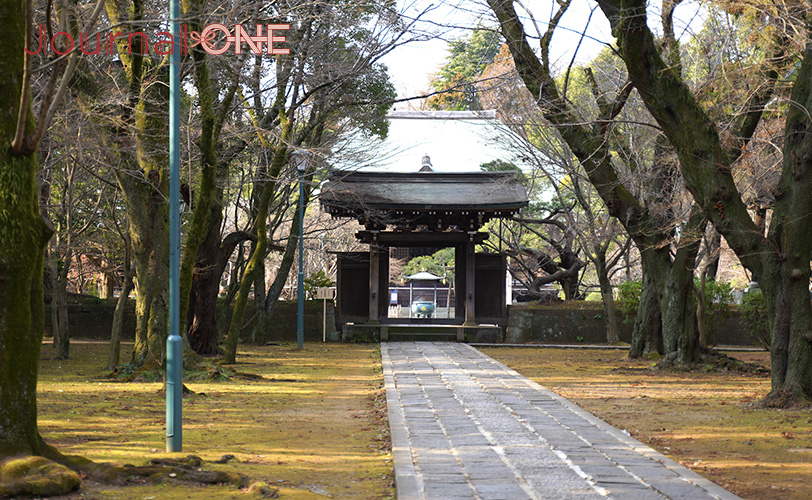
On the topic of beauty, the ancient temple’s innermost sanctum is a must see, surrounded by magnificently decorated hand carved transoms, created by the master carvers of old Omi, and supported by sturdy pillars of gold.
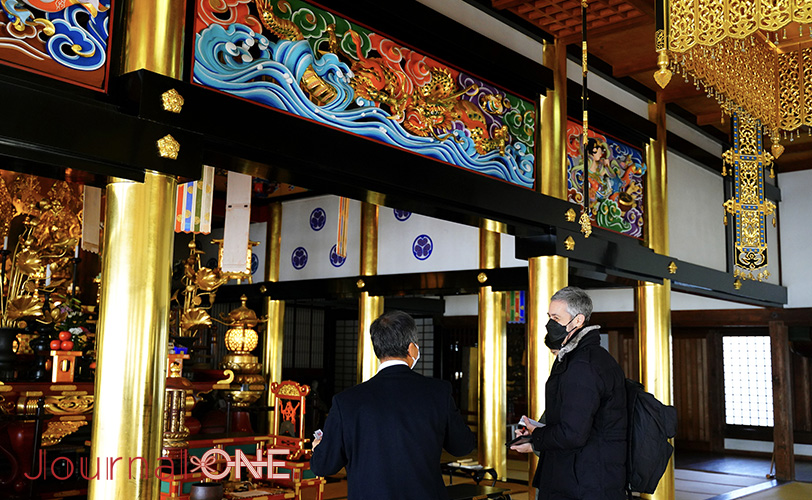
The elegantly curved ceilings above the gorgeous main Buddhist statuary are covered in paintings of dragons, each in a different position. Everything suggests the finest of elegance and culture.
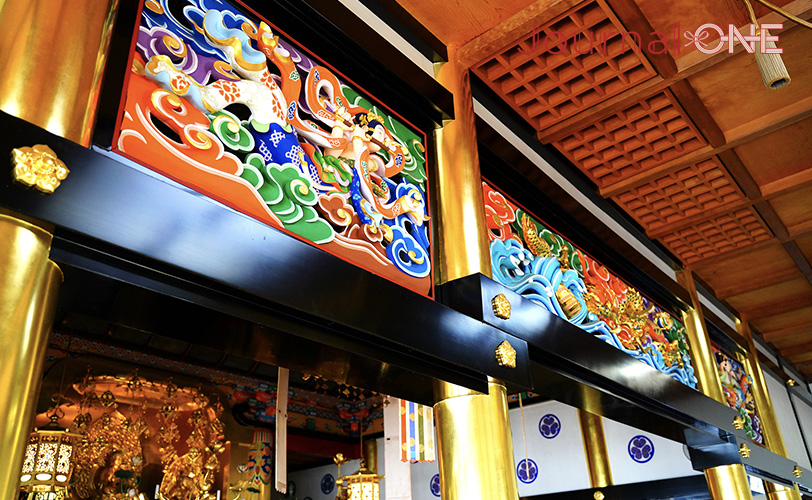
Everything about the temple, its architecture, history, and culture lends an air of importance. One can also feel the venerated history of the Tokugawa clan in quiet, peaceful Matsudo City.

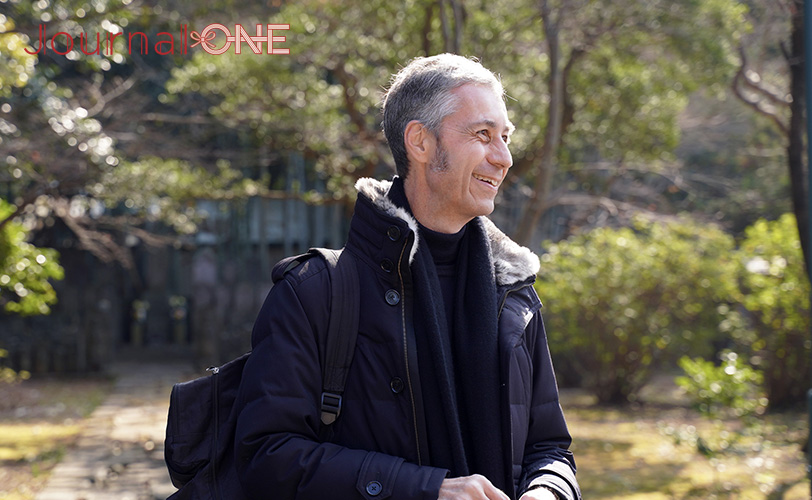

After working in the Australian radio industry for seven and a half years, he returned to Japan in 1992, working as a DJ at Tokyo radio station KTYO and as a copywriter at a foreign advertising agency before joining Nagoya’s ZIP-FM in 1993.
As an inbound tourism advisor he serves on various local, regional and national government agency and promotional boards as an advisor.








